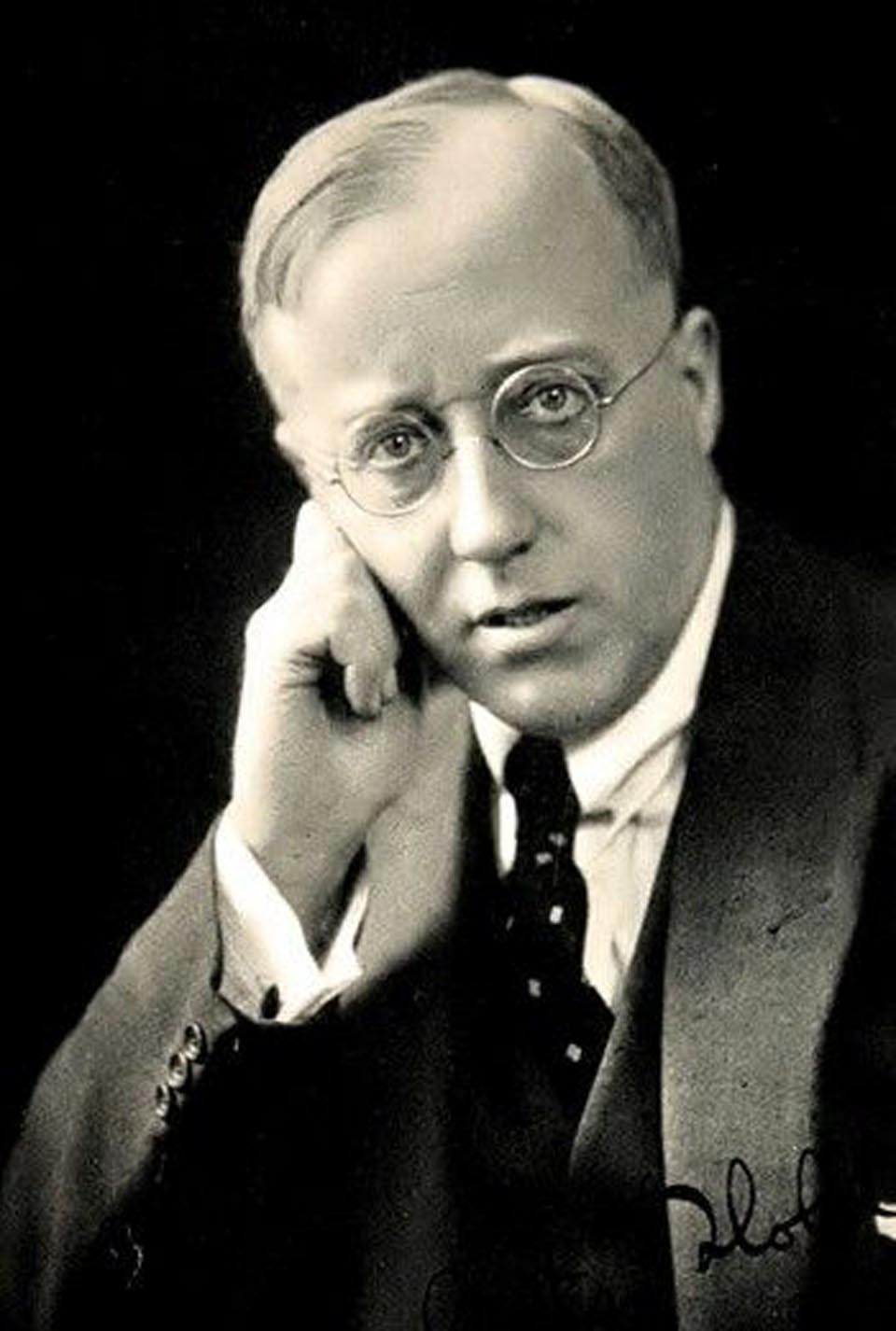
Earlier this week, I was digging through some old photographs of days long gone and came across a photo of me standing in a group of about fifty or sixty assorted teenagers squinting awkwardly at the camera in the spring sunlight. We were all members of the North Wales Youth Orchestra and the photograph must have been taken in the late fifties. Like many youth orchestras in Britain, it got together once a year for an intensive residential course that were always followed by a public concert. The conductor was the splendid violinist Clifford Knowles who was also the leader of the Royal Liverpool Philharmonic Orchestra. He was assisted by a team of instrumental music teachers hired for the duration of the course. This type of residential course is fairly common when the orchestra members come from a wide geographical area.
A typical youth orchestra involves members drawn from a particular city, county or state. Many countries also have national youth orchestra which as the name suggests draw their membership from an entire country. All these orchestras provide an essential element of training for young aspiring musicians and most professional orchestral players have had their earliest ensemble experience playing in a youth orchestra.
Britain’s The Guardian newspaper estimated that there are nearly two thousand youth orchestras in Britain. Most of them are city or country orchestras but there are also a handful of national orchestras. The National Youth Orchestra of Great Britain was founded in 1948; The National Children’s Orchestras in 1978 and the National Schools Symphony Orchestra in 1995. The National Youth Orchestra of Wales was founded in 1945 and claims to be the first national youth orchestra in the world. It’s known to Welsh music students as “The Nash” (from “national” in case you’re wondering) and as a spotty teenager, I played in it myself.
There are a few international youth orchestras too, notably the European Union Youth Orchestra and the Asian Youth Orchestra. Members usually range from pre-teens or teenagers to students in their early twenties. Apart from a few isolated examples, youth orchestras were unheard of before the 20th century. They gradually emerged as increasing numbers of children in developed countries were encouraged to learn orchestral instruments. As the 20th century marched on, the number of youth orchestras increased.
In recent years, the youth orchestra movement has spread world-wide. In South America, for example the Venezuelan Simon Bolivar Youth Orchestra achieved international recognition and there has been a surge in musical opportunities in Asia. So, to bring the year to a close, here are two exceptional youth orchestras playing two of the most influential and popular works of the 20th century.
The members of the National Youth Orchestra of Great Britain are aged between thirteen and eighteen and the orchestra requires a remarkably high standard of instrumental skills. This exuberant performance was given at the 2016 Proms at London’s Royal Albert Hall and the huge orchestra takes up all the stage space available. Gustav Holst’s famous suite is so well-known that it hardly requires a description, except to add that when he wrote the work in 1914 the planet Pluto was yet to be discovered. In this version of the work, British composer Colin Matthews has provided an extra virtuosic movement entitled Pluto, the Renewer which can be heard at the end. Even if you think you know this suite well, do put aside an hour to hear this breath-taking performance. It’s one of the best recordings I’ve heard.
Founded in 2011, the members of this fine Chinese youth orchestra are selected from multiple cities in Guangdong Province. All the rehearsals and coaching sessions are held at a multi-venue facility that’s one of the most advanced in China. The orchestra gives a fine performance of this classic but challenging work. The Firebird was originally a ballet and the premiere in 1910 was a huge success. The critics were ecstatic and it launched Stravinsky’s career as a professional composer. He later converted the ballet music into three suites in 1911, 1919 and 1945. This is a performance of the 1919 version which is the best-known, but the opening section is extremely quiet and could be well be inaudible unless you have half-decent loudspeakers or headphones. Be prepared for The Big Bang at 09:33 at the start of Infernal dance of King Kashchei. And oh yes, listen out for the wonderful horn solo at 17:50 when you’ll hear the noble melody that Stravinsky gradually transforms into the heroic and dramatic finale.
 |
 |
 |





